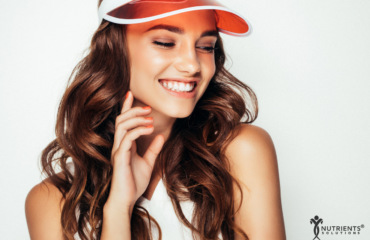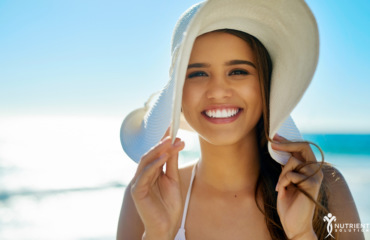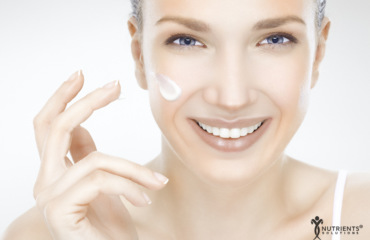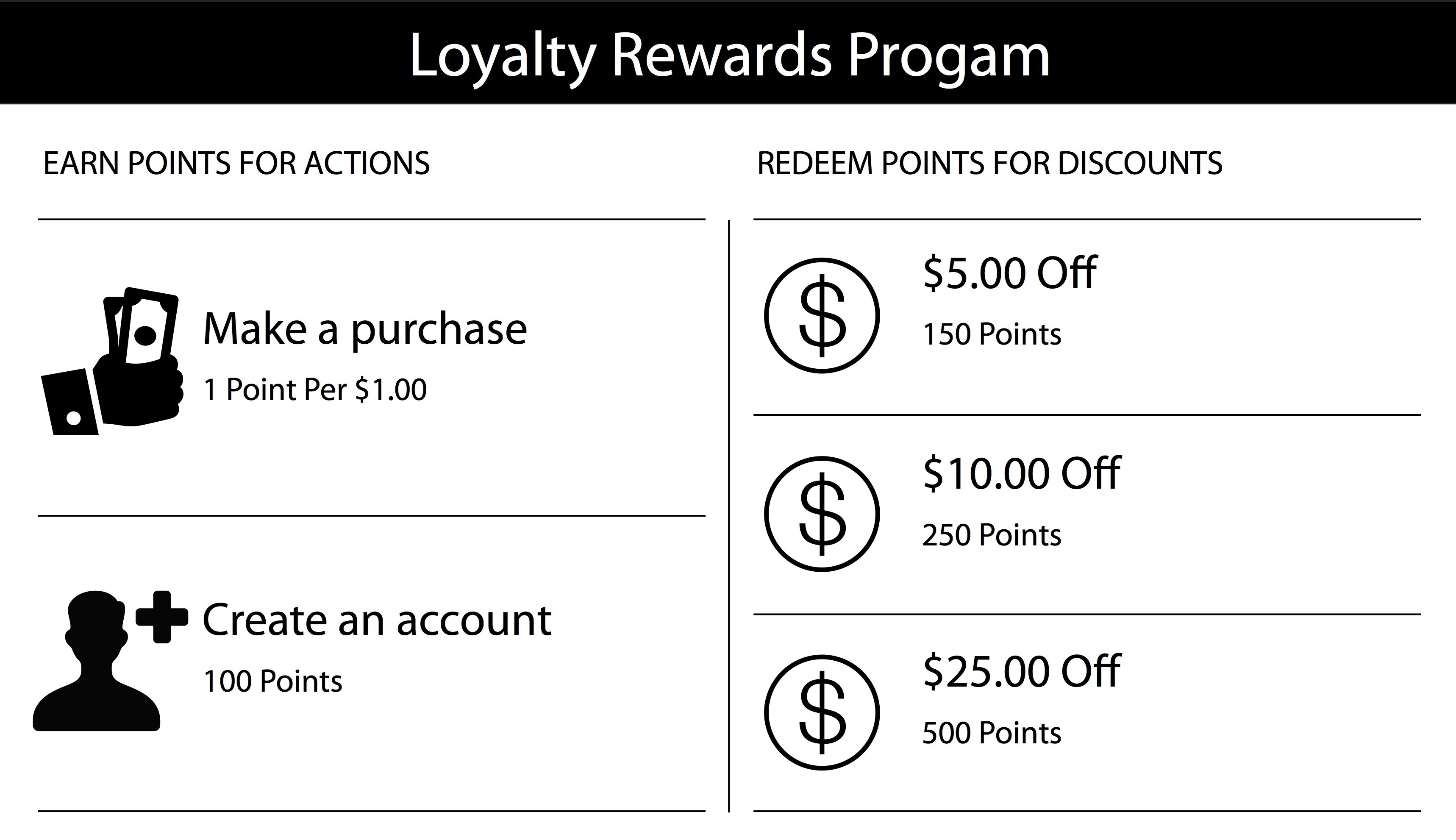Wellness Demystified: We Can Help You Discover Optimum Health
Lip Products 101

There are tons of cosmetics exclusively for use on the lips, and it can be tough to not only keep track of all of them but also to know the difference between each one. This article gives a rundown of each type of lip product and what each one’s purpose is.
There are so many cosmetic items available just for the lips that it can be tough to keep track of them or differentiate between them. Here is an overview of each product and what makes each one different from its counterparts.
Lipstick. This opaque product with bold pigmentation may be shiny or matte when applied. It is available as a solid retractable product in a twist tube or as a liquid with a small brush applicator included in the tube.
Lip gloss. Quite different from lipstick, lip gloss is translucent. It goes on shiny (hence the “gloss” part) and makes the lips feel slick and look wet. It might even contain glitter for an extra-sparkly appearance. Coloration is somewhat lighter than lipstick, but it can still be vibrant, and unlike lipstick, it may also be scented or flavored. The downside is that lip gloss fades and wears off quicker than lipstick, so it needs to be reapplied more frequently. Some lip glosses can also become tacky after application, causing the lips to become sticky.
Lip stain. Lip stain often comes in a tube with a felt-tip applicator reminiscent of a marker. You apply the product by “drawing” on your lips with the brush tip. The makeup is a thin liquid meant to dry completely on the lips, adding a much subtler coloration than lipstick. In other words, it’s meant to stain the lips instead of cover them, as the name implies.
Lip stain can be applied in layers to achieve a bolder or darker shade, making it more versatile than your average lip product. It also works like an actual stain in the sense it doesn’t come off easily. You’ll have to scrub with makeup remover to get it off, as just wiping your lips with a tissue won’t work. This can be great for color that stays put, but not so great at the end of the day when you want to take off your makeup. It can be very drying on the lips too, so if you’re prone to chapping, you might want to skip this one.
Lip balm. While the other products mentioned here are used for beauty purposes, lip balm has a practical use. Lip balm is typically used to help soothe and moisturize chapped or dry lips. It often comes in a small canister, is usually thick and greasy, and is meant to be spread on the lips with a finger (some will come in applicators similar to Chapstick tubes). Lip balm in canisters will typically have a softer, more buttery or sticky texture, while balms in tubes will be more solid (but usually feel greasy). Some of them also serve as sunscreen, and others may be tinted, so they can double as lip gloss. Lip balms might last a long time, or they might wear off quickly, as lip gloss does. It all depends on the brand you use and the quality of products.
Lip liner. As the name implies, a lip liner is used to outline the lips. Typically, you apply lip liner before lipstick or lip gloss. The purpose of this product is to prevent what is known as “feathering,” which occurs when the edges of applied lipstick become smudged because the product seeps into tiny creases in the skin above the lips and gives the lipstick the appearance of having fuzzy edges, instead of crisp, clean ones. Lip liner primes the lips for product application and keeps the edges of the lipstick nice and sharp. If you choose, you can also fill in your lips entirely with lip liner and use it like matte lipstick, so you don’t wind up with a ring around your lips if your lipstick fades before your lip liner does.
Lip tar. In spite of the strange name, lip tar is nothing more than a concentrated (and therefore, more vibrant) lipstick. This is a product you’ll probably only find associated with higher-end cosmetic lines, so don’t expect to find it in your local grocery store’s makeup aisle.
Lip plumper. This product does just what the name suggests: makes the lips plumper. It achieves this effect by using ingredients that increase blood flow to the lips. While the effect is only short term, you can use lip plumpers to make your lips look bigger, fuller, and poutier.
Lip exfoliator. Here’s one you might not see every day. A lip exfoliator will look like an everyday tube of lipstick from the outside, but instead of something pigmented inside the tube, it contains a chunk of coarsely textured cosmetic product. When used on the lips, it will gently scrub away any dead, flaky skin, leaving behind smooth lips ready for a fresh coat of color. Most lip exfoliators also contain soothing or moisturizing ingredients, such as shea butter or various vitamins, to help soften the lips (which they’ll need after being scrubbed).
The effectiveness of lip exfoliators is hit and miss, depending on the brand. You can achieve the same (if not better) result using an old toothbrush and some cheap lip balm. Rub some Chapstick or lip balm on your lips, and then gently brush your lips with a toothbrush that you won’t be using on your teeth anymore. Your lips will tingle after all this, but they won’t be chapped anymore.
There are lip products to suit all tastes, whether you want your lips to look like wet leather, have a more subdued matte appearance, or be fruit-scented so you can plant an aromatic kiss on a lucky someone. Give all of them a try and see which ones suit your fancy!


© 2019 Nutrients Solutions, LLC. All rights reserved. Disclaimer: The information provided is for educational purposes only and does not constitute medical advice. Always seek the advice of your physician or qualified healthcare provider with any questions or concerns about your health. Check with your doctor before beginning any exercise program. Never disregard or delay seeking medical advice because of something you have heard or read in this article or the internet.












